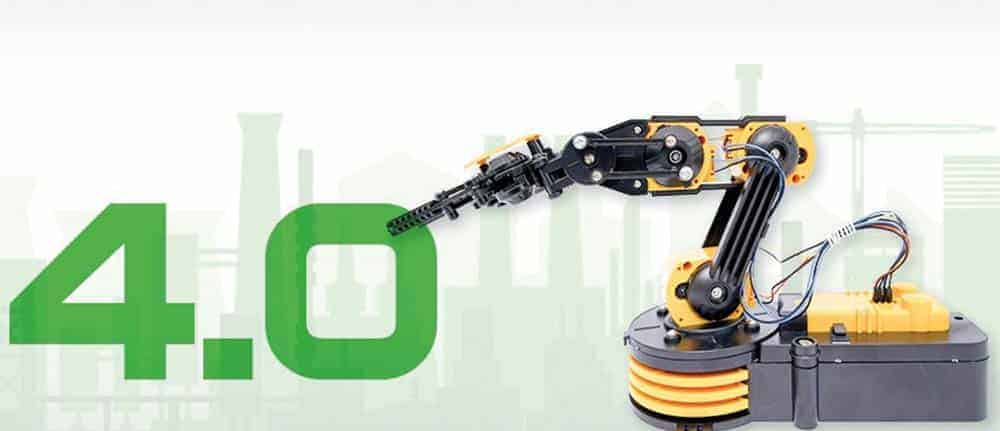Integrative IT is crucial for value creation


Digitalization is not an end in itself. In the era of the industrial IoT, digital transformation in factories has the task of helping companies to regain and secure their competitiveness. It is about sustainably higher efficiency in production and planning, about sustainably secured profitability. In the exceptional year 2020, shutdowns and sales slumps are exacerbating the situation. Managers are faced with the double challenge of immediately reducing fixed costs and at the same time setting the course so that the company becomes profitable and competitive again in the medium term.
Digitization offers the best opportunities to successfully master this challenge. That is why the need to exploit the technological possibilities of the industrial IoT is greater than ever. The networking of products, machines, systems, processes and locations is the foundation for future-proof manufacturing and for the factory of the future.
Value creation takes place in the factory. In the digital 21st century, three key principles apply to this, as the McKinsey study "Industry 4.0 - Capturing Value at Scale in Discrete Manufacturing" analyzes: focusing on value creation, putting people at the center, and establishing a new integrative infrastructure.
The third key principle forms the prerequisite for the first two: Only an integrative IT solution ensures that a company can focus on value creation because it can protect investments in existing IT while integrating required new systems.
And only an integrative solution ensures that a company equips its teams with the most modern tools so that they can work autonomously. A company will only succeed if it puts its employees at the center and empowers them to fulfill their task of ensuring value creation on their own responsibility.
An integrative IT architecture enables factory teams today to use virtually all market-known apps on the factory floor as well - whether Teams, Trello or Twitter. Workers are building new real-time workflows for instant troubleshooting with apps they know from their private lives. This is a big step towards the near-zero defect factory and signifies a new era for the smart factory.
An integrative IT architecture has three characteristics that complement each other. The first characteristic is transparency through connectivity. In the factory of the future, transparency is the prerequisite for efficient processes. This requires comprehensive horizontal and vertical connectivity. Signals from industrial machines from a wide variety of manufacturers and vintages, as well as from devices, sensors, input from workers and orders from the pot floor, must be digitally connected, collected and standardized on a single platform.
The second feature concerns efficiency through digital twins in production. The factory of the future works with a data source that is valid for all systems. For this purpose, a central intelligence generates a uniform production data model in real time from the standardized data. This digital twin is available as a "single source of the truth" throughout the company: With the production data model, all IT systems analyze and plan - on the store floor as well as on the pot floor (ERP).
The third characteristic is flexibility through free composition and collaboration. Being smart means being open: In the factory of the future, companies can create their own IT architecture. An IIoT solution must offer open web interfaces (Open API) so that companies have the freedom to freely compose existing and required IT systems and have them collaborate with each other. Only through technological openness can each company create its individually required IT architecture.







